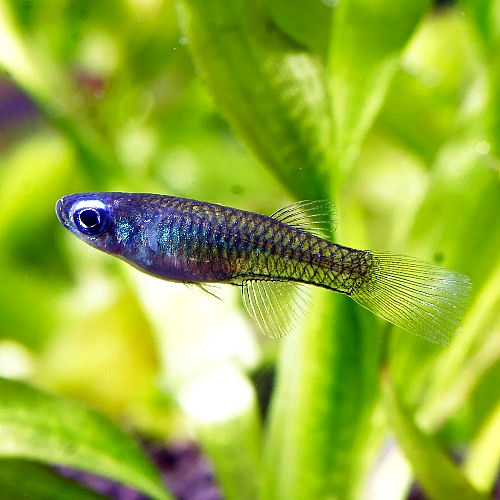🐠 Dragon Wrasse (Novaculichthys taeniourus)
🐠 Dragon Wrasse (Novaculichthys taeniourus)
Marine Wrasse • Sand Mover • Rock Flipper • Display Species
📋 The Dragon Wrasse (Novaculichthys taeniourus) is among the most dramatic shape-shifting fish in the hobby. Juveniles display elaborate, wing-like fin extensions and bright maroon-green coloration, resembling a mythical sea dragon. As they mature, they transform into a sleek olive-green adult with bold facial markings and incredible strength.
A natural rock mover and sand flipper, this species constantly rearranges the substrate and small stones in search of prey — an entertaining and energetic behavior that inspired its alternate name, Rockmover Wrasse.
The Dragon Wrasse is best suited for large FOWLR or aggressive reef aquariums with sturdy décor. It is intelligent, interactive, and full of personality — a true “show fish” for advanced marine keepers.
💡 Highlights
✨ Spectacular transformation: dragon-like juvenile to sleek adult
⚪ Active forager: flips rocks and sand searching for food
📏 Strong swimmer: reaches 30 cm (12") and needs space
✅ Hardy and intelligent: adapts well to captive feeding
🐠 Dynamic display species: full of personality and motion
🧾 A Quick Look at the Dragon Wrasse
📛 Common Name: Dragon Wrasse / Rockmover Wrasse / Reindeer Wrasse
🔬 Scientific Name: Novaculichthys taeniourus
👨👩👧 Family: Labridae
🌍 Origin: Indo-Pacific • Red Sea • East Africa • Japan • Australia • Hawaii
📏 Max Size: 30 cm (≈ 12")
💧 pH Range: 8.1 – 8.4
🌡️ Temperature Range: 24 – 28 °C (75 – 82 °F)
🧠 Care Level: Moderate
💖 Temperament: Semi-aggressive
🪸 Reef Safe: ⚠️ With caution – may disturb corals and inverts while foraging
🏠 Min Tank Size: 400 L (105 US gallons)
📌 Tank Level: Bottom and mid-levels
🧬 Captive Bred: ❌ No
🌿 Wild Caught: ✅ Yes – sustainably sourced from Indo-Pacific reefs
⏳ Lifespan: 10 – 12 years
🍽️ Diet: Carnivore (crustaceans • worms • snails • small invertebrates)
🐣 Reproduction: Protogynous hermaphrodite; egg layer
















